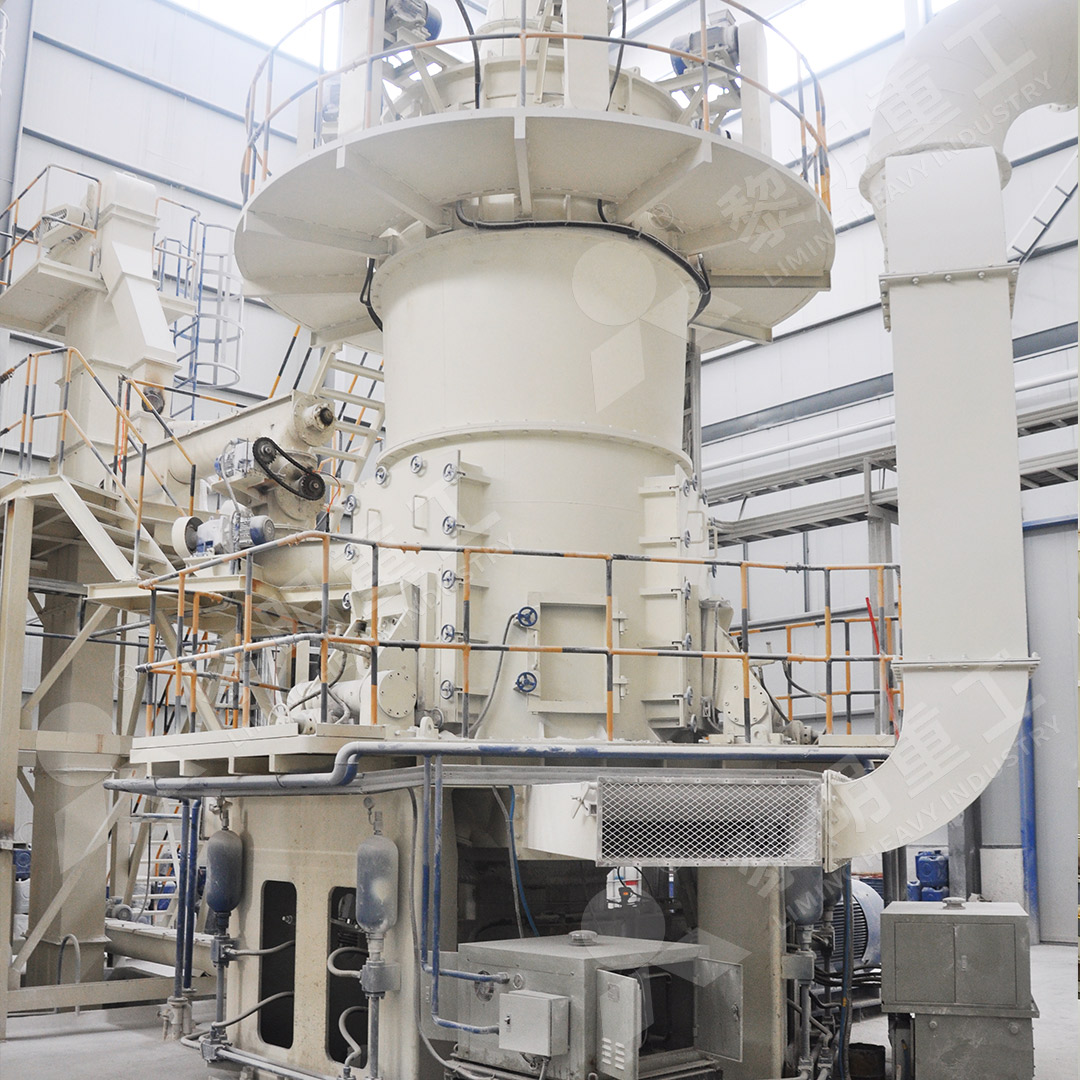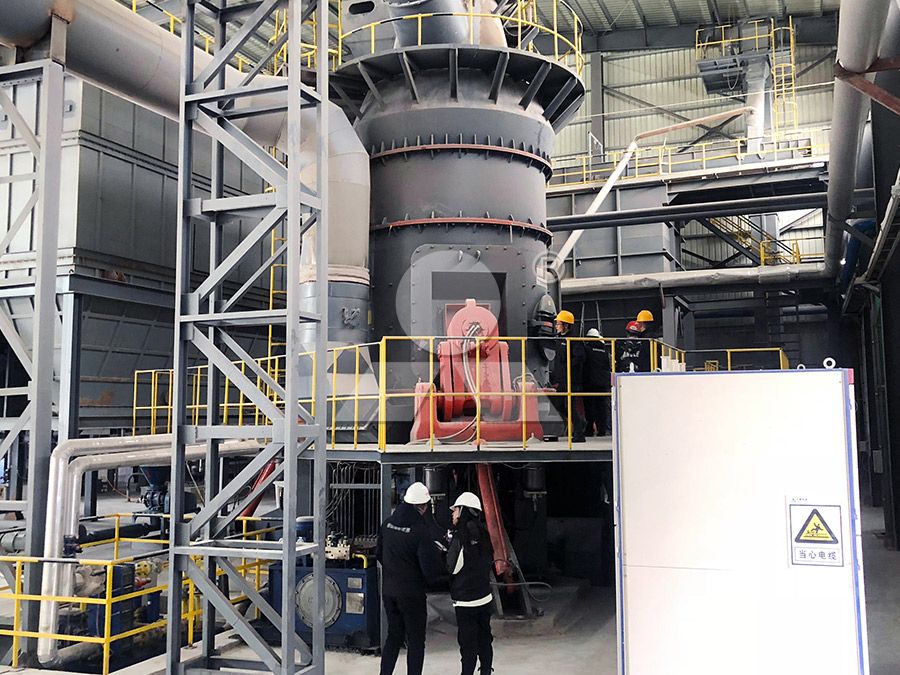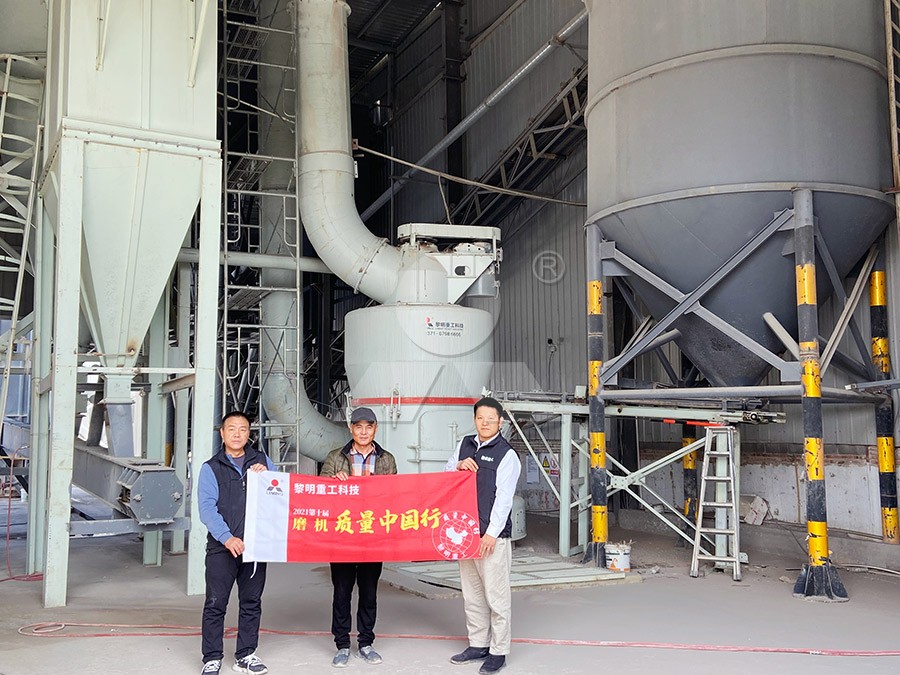Intelligent Control Systems for Vertical Roller Mills in Modern Grinding Operations
Intelligent Control Systems for Vertical Roller Mills in Modern Grinding Operations
The grinding industry has undergone a significant transformation in recent years, driven by the need for higher efficiency, better product quality, and reduced environmental impact. Vertical Roller Mills (VRMs) have emerged as the equipment of choice for modern grinding operations, offering substantial advantages over traditional ball mills and horizontal grinding systems. However, the full potential of these advanced mills can only be realized through the implementation of sophisticated intelligent control systems.

The Evolution of Mill Control Systems
Traditional mill operations relied heavily on manual adjustments and operator experience. Today’s intelligent control systems integrate multiple parameters including grinding pressure, material feed rate, classifier speed, and gas flow into a cohesive automated system. These systems utilize advanced algorithms that continuously monitor and optimize the grinding process in real-time, responding to changes in material characteristics and operating conditions.
The heart of modern grinding operations lies in the seamless integration of mechanical innovation with digital intelligence. Our MW Ultrafine Grinding Mill exemplifies this approach with its advanced control capabilities. With an input size of 0-20 mm and capacity ranging from 0.5-25 tph, this system represents the cutting edge of grinding technology. The mill’s intelligent design eliminates rolling bearings and screws in the grinding chamber, significantly reducing maintenance concerns while the external lubrication system enables continuous 24-hour operation.
Key Components of Intelligent VRM Control
Modern intelligent control systems for vertical roller mills incorporate several critical components that work in harmony to achieve optimal performance. The powder selection system, particularly important in ultrafine grinding applications, has evolved significantly with the adoption of German cage-type powder selector technology. This innovation allows precise adjustment of product fineness between 325-2500 meshes while achieving remarkable screening rates of d97≤5μm in a single pass.

Pressure monitoring and adjustment systems represent another crucial aspect of intelligent mill control. Hydraulic systems that automatically adjust grinding pressure based on material characteristics ensure consistent product quality while protecting the mill from excessive wear. The implementation of double position-limiting technology in advanced mills like our LUM Ultrafine Vertical Grinding Mill provides electronic and mechanical protection against destructive impacts, ensuring operational stability even under challenging conditions.
Environmental Considerations and Energy Efficiency
Contemporary grinding operations must address environmental concerns while maintaining economic viability. Intelligent control systems contribute significantly to both objectives through optimized energy consumption and comprehensive dust management. The integration of efficient pulse dust collectors and advanced muffler systems has transformed grinding operations from environmentally challenging to eco-friendly processes.
The energy efficiency achievements of modern VRMs are particularly noteworthy. Compared to traditional jet grinding mills, systems like the MW Ultrafine Grinding Mill reduce energy consumption by approximately 70% while increasing production capacity by 40%. This remarkable efficiency stems from intelligent control of multiple parameters including grinding curve optimization, precise material bed management, and adaptive classifier operation.

Operational Benefits and Maintenance Optimization
Intelligent control systems extend beyond process optimization to encompass predictive maintenance and operational reliability. The reversible structure design in advanced mills allows easy access to grinding components, reducing maintenance downtime from days to hours. Digital monitoring of bearing temperatures, vibration levels, and wear patterns enables proactive maintenance scheduling, preventing unexpected shutdowns and extending equipment lifespan.
The digitalization of manufacturing processes has further enhanced equipment reliability. With numerical control governing operations from steel cutting to final assembly, the precision of core components has reached unprecedented levels. This manufacturing excellence, combined with comprehensive spare parts support, ensures worry-free operation that meets the demanding requirements of modern industrial production.
Frequently Asked Questions
What are the primary advantages of intelligent control systems in vertical roller mills?
Intelligent control systems provide consistent product quality, reduced energy consumption (30-50% savings compared to traditional mills), automated operation with minimal human intervention, predictive maintenance capabilities, and adaptability to varying material characteristics.
How do modern VRMs achieve such high energy efficiency?
Through optimized grinding curves, precise material bed control, efficient classification systems, and intelligent adjustment of operational parameters based on real-time process monitoring. The MW Ultrafine Grinding Mill, for instance, uses only 30% of the energy consumed by equivalent jet grinding mills.
What maintenance advantages do intelligent VRM systems offer?
Features like external lubrication systems, reversible roller structures, absence of internal screws and rolling bearings in grinding chambers, and predictive monitoring significantly reduce maintenance requirements and downtime while extending component lifespan.
How do environmental control systems work in modern grinding operations?
Advanced pulse dust collectors capture 99.9% of particulate matter, while integrated mufflers and noise elimination rooms reduce operational noise. The entire system operates under negative pressure to prevent dust escape, meeting stringent environmental standards.
Can intelligent VRM systems handle variations in raw material quality?
Yes, modern control systems automatically adjust grinding pressure, classifier speed, and other parameters to compensate for changes in material hardness, moisture content, and feed rate, maintaining consistent product quality despite input variations.
